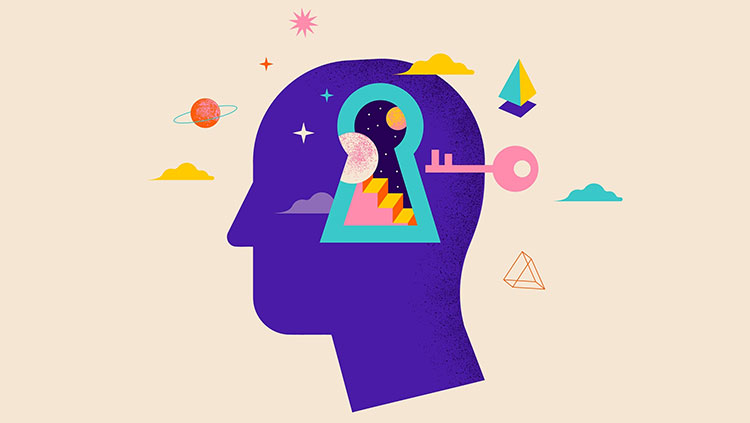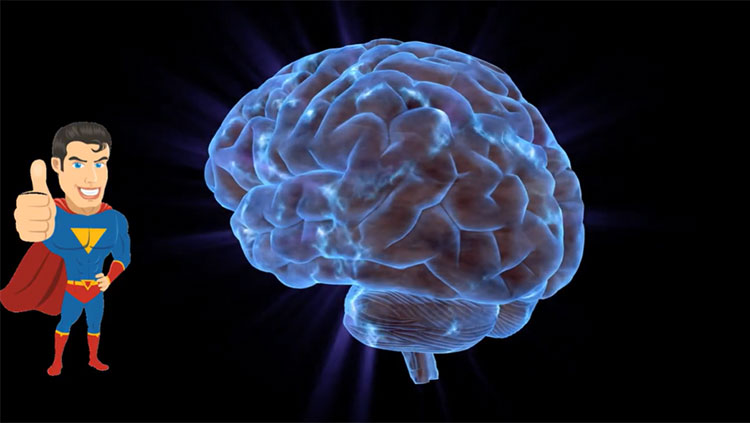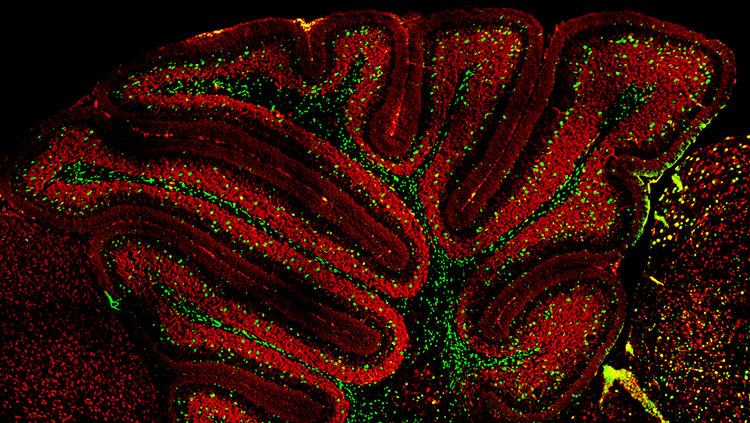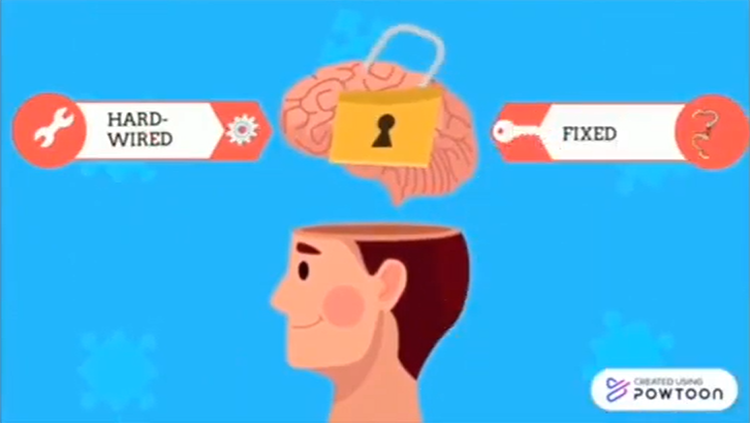There’s nothing quite like a human brain. Its unique complexity, as well as the difficulty of studying human brains as they develop, means we can only learn so much by studying the brains of other animals or brain tissue. Scientists have developed a technique for growing mini brains, called cerebral organoids, in the lab. These mini brains provide a new way to study the developing brain and certain brain diseases.
This is a video from the 2022 Brain Awareness Video Contest.
Created by Arpan Parichha.
CONTENT PROVIDED BY
BrainFacts/SfN
Transcript
The human brain is incredibly complex, and it is much more different than the close relatives such as chimpanzees. Scientists always wondered what is the basis of this extreme level of complexity? They try to study this in the lab using genetically modified mouse or monkeys. Scientists look at the brains of monkeys or mouse and they try to understand what are the molecular and cellular events underlying the brain development and try to extrapolate that results to understand the human brain development. But studying developing human brain is difficult and literally impossible because the development is happening inside the mother's womb.
Recently, scientists discovered a technique known as cerebral organoids, also known as mini brains, which allows the scientists to look at the developing brain outside the body. These miniature brains actually recapitulate the cellular and molecular aspect of human brain development.
Question is how these organoids are created in the lab. So scientists start with human embryonic stem cells. They grow these stem cells in a particular dish and then they dissociate all these stem cells and reaggregate to form a ball like this.
Eventually, they guide the differentiation or development of these balls using morphogenes, or molecular instruction cues. Then they grow them in a chamber known as spinning bioreactors where they get plenty of media to eat and nice oxygen to breathe. Ultimately, they become these structures.
Now, question is what scientists can do with these minibrains and how that could be useful for humankind. Now, scientists can actually study evolution or brain disease using these model organisms.
Recently, scientists have discovered that a particular brain development disease known as microcephaly can be modeled using this techniques. They took cells from these patients, converted it into stem cells, then built organoid out of them. When they compared this organoid from a healthy patient derived organoid they looked at and discovered several molecular mechanisms underlying that disease. Similar approaches have been taken to understand zika-induced microcephaly in Brazil. Right now, scientists can also grow mini eyes in the lab. Who knows, in the near future there could be a better eye treatment based on this technology.
Now, human brain evolution can also be studied using these technology. We always wonder that how our brain was different from neanderthal brains and this question was unanswered using this technology. There were roughly about 61 genes which are different between human and neanderthals. Nova One is one of them. Scientists recreated the archaic version of the Nova One using the CRISPR-Cas9 genome editing technology. So, when they created these Nova One archaic version organoids and compared them with the modern organoids, they found out there are differences in terms of firing patterns of neuron and there are gene expression differences as well. So these technologies tell us about evolution and how our brain was differently developing from our evolutionary relatives.
In short, lab grown minibrains or organoids tell us a lot about evolution. They give us important insight about disease. They could be used for therapeutic purposes and drug screening in near future.
Also In Brain Development
Trending
Popular articles on BrainFacts.org

















